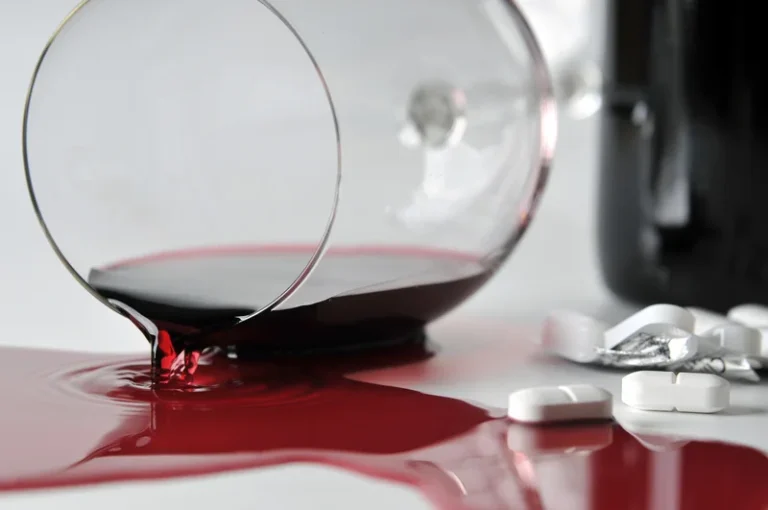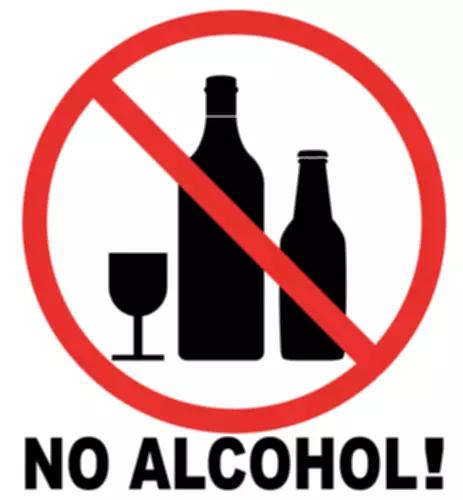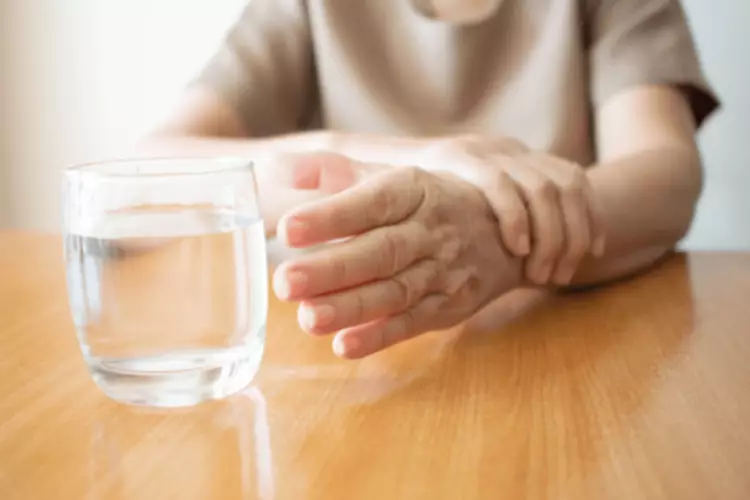
Twelve-step groups, like Alcoholics Anonymous (AA) and other support approaches, can provide solidarity and emotional support through AUD recovery. ACT could help people with AUD acknowledge and work through challenging emotions instead of blocking them out. It might help if you developed AUD by using alcohol to suppress painful emotions and memories. As far back as 1933, the Standard Classified Nomenclature of Diseases listed alcoholism as a disease. Both the American Medical Association (AMA) and APA approved this classification. You can take steps to lower your risk of alcohol-related harms.
Primary Care
Medications, behavioral therapies, and social support groups are among the strategies to combat this disorder. Binge drinking is when you drink enough alcohol to raise your blood alcohol content (BAC) to 0.08% or higher. For men, that typically is about five standard alcoholic drinks within a few hours; for women, this is four alcoholic can alcoholism be cured drinks within the same period. Several evidence-based treatment approaches are available for AUD. One size does not fit all and a treatment approach that may work for one person may not work for another. Treatment can be outpatient and/or inpatient and be provided by specialty programs, therapists, and health care providers.
Risks start from the first drop
A BAC of 0.18% to 0.30% causes profound confusion, impaired speech (e.g. slurred speech), staggering, dizziness and vomiting. A BAC from 0.25% to 0.40% causes stupor, unconsciousness, anterograde amnesia, vomiting (death may occur due to inhalation of vomit while unconscious) and respiratory depression (potentially life-threatening). A BAC from 0.35% to 0.80% causes a coma (unconsciousness), life-threatening respiratory depression and possibly fatal alcohol poisoning.
Social barriers
With the widespread use of kratom and its ready availability at gas stations and on the internet, we need to better understand this drug’s potential benefits and adverse effects. This psychologist has found that some girls and women suffer deeply when their brothers struggle with substance use disorder. U.S. alcohol guidelines are changing as health concerns increase. Alcohol-free cocktails and beer, along with cannabis-infused beverages, are gaining users. In a clinical setting, motivational interviewing, which cultivates the drive to change behaviors, and Screening, Brief Intervention, Referral, and Treatment (SBIRT), which funnels patients to treatment, are also helpful options.
Providing education, job training and employment connections, supportive housing, physical activity, and social integration in families and the community can all help individuals stay in remission. Research in animals shows that having more self-determination and control over one’s environment can help facilitate adaptive brain changes after ending substance use. Like all addictions, alcohol use disorder is linked to a complex combination of biological, social, and psychological factors. Research highlights a genetic component to the disorder, as about half of one’s predisposition to alcoholism can be attributed to genetic makeup. People may turn to alcohol as a way to cope with trauma or other, often unrecognized psychological disorders.
Disease theory of alcoholism

Your risk of having AUD is three to four times greater if a parent has it, although many people who have a parent with a drinking issue don’t develop one as well. Over time, drinking excess alcohol can change areas of your brain, including one that senses pleasure and another that helps with self-control. Because your brain stops functioning properly, you may crave alcohol even more. More than 178,000 Americans die each year as a result, and drinking alcohol is a factor in more than half of all murders, suicides, and traffic accidents in the U.S. Alcohol misuse also plays a role in domestic violence and child abuse. Finally, epidemiologists need a definition of alcoholism that enables them to identify alcoholics within a population that may not be available for individual examination.
- People who drink too much alcohol are at risk of developing a host of health conditions and disorders including certain types of cancer, liver disease, and heart disease.
- Healthcare providers define AUD as a brain disorder that affects your ability to regulate or stop drinking alcohol despite adverse impacts on your mental and physical health and professional or personal life.
- Other pursuits in life that once brought pleasure and balanced out the lows no longer do so.
- Because such use is usually considered to be compulsive and under markedly diminished voluntary control, alcoholism is considered by a majority of, but not all, clinicians as an addiction and a disease.
Understanding Alcohol Use Disorder: The Basics
Brain structures can shift as well, particularly in the frontal lobes, which are key for planning, making decisions, and regulating emotions. But many people in recovery show improvements in memory and concentration, even within the first month of sobriety. The later stages of addiction can yield physical changes, but behavioral signs can help detect it early on. People with an addiction often develop rigid routines that revolve around uninterrupted access to alcohol and other drugs; they may be irritated by schedule changes and blame their frustration on others. They may have powerful mood swings that seem to change their personality.


Motivational interviewing is an evidence-based method that can help people build motivation to reduce or abstain from alcohol. It’s effective because motivation and active participation are often key in AUD recovery. In addition to being a diagnosable mental health condition, AUD is also a medical disease.
National Institute on Alcohol Abuse and Alcoholism (NIAAA)

Other medications, such as acamprosate, can help reduce your craving to drink once you’re sober. This can include stress in your life, whether an overwhelming event or a bunch of smaller stressors that build up over time. About 1 in 12 adults in the U.S. are believed to misuse alcohol or have an alcohol addiction. https://ecosoberhouse.com/ A 2020 review found that 12-step groups could even be more effective at increasing abstinence rates than other forms of treatment. Eating disorders aren’t solely motivated by a desire to be thinner. Perfectionistic tendencies and a need to control chronic stress can also trigger disordered behaviors.
